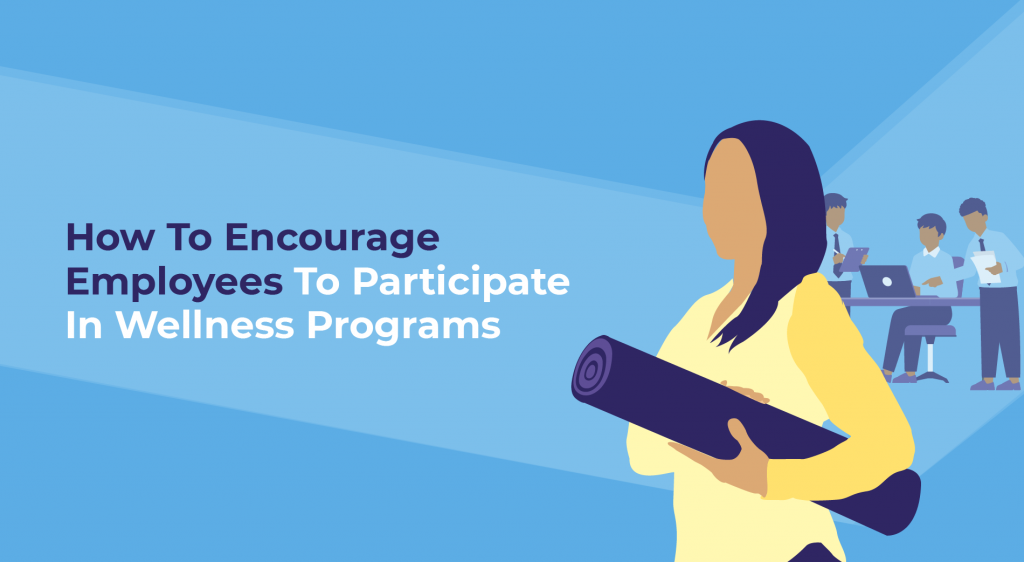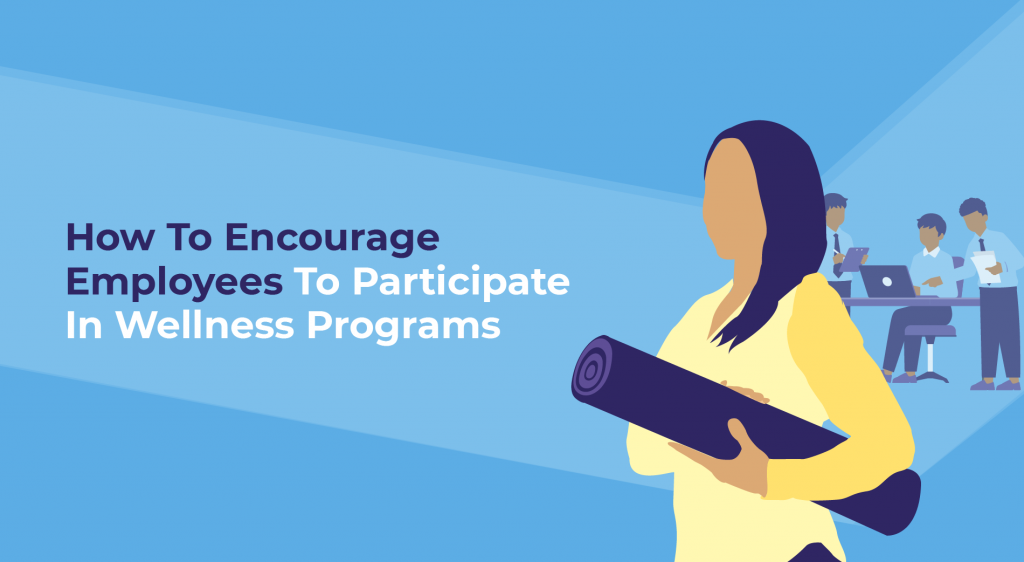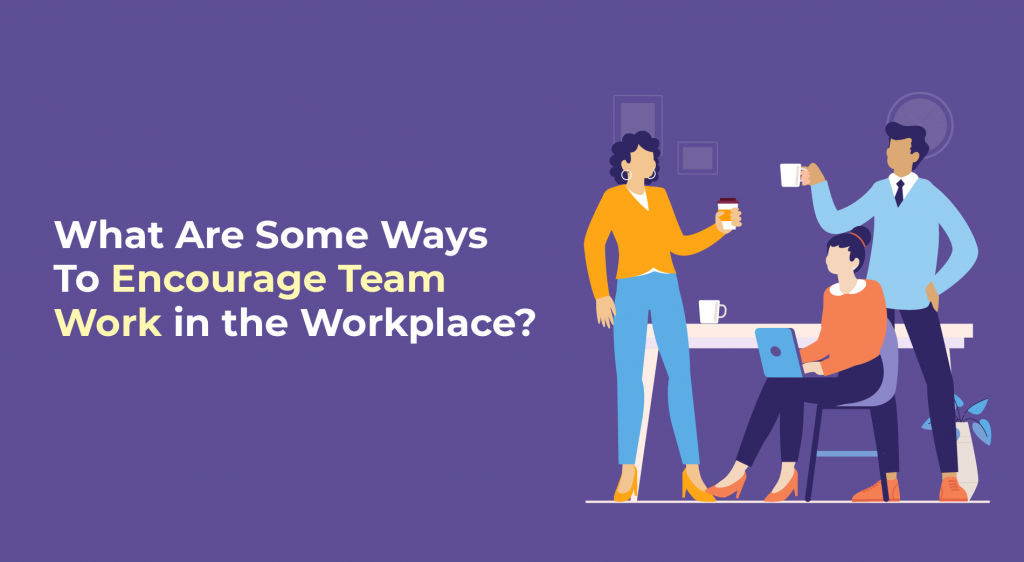
How To Encourage employees to participate in Wellness programs

The importance of employee wellness programs has been in the limelight post-pandemic as the challenges employees face have emphasised the critical need for emotional and physical well-being. Organizations have made significant investments and put considerable effort into improving wellness programs, reflecting a genuine commitment to their workforce. However, one challenge persists—how can we ensure these programs genuinely engage employees and create a positive impact?
A Gartner survey revealed that despite access to emotional wellness services, only 23% of employees use them. This is not only true for emotional wellness; a similar pattern is also seen for other programs.
Why are employees not utilising the wellness programs despite having access to them?
- Lack of awareness: Employees must know their organisations’ well-being plans. A Gartner survey revealed that despite having employee wellness programs, less than half knew about them. Furthermore, there are instances when employees are unaware of the necessities related to their well-being, leaving them confused about how to utilize the wellness programs.
How do we increase awareness?
- Initiatives should be taken to improve communication and visibility on the part of the organisation.
- It could be done by periodically sharing information, whether through email, newsletters, or any other platform heavily used by employees.
- Persistent stigma: Being a part of emotional wellness programs is often looked at as “having a problem”. The stigma associated with mental health and wellness is one of the primary reasons why employees might choose not to engage in these initiatives; they might feel judged if they participate.
How to move past the stigma?
- Conversations related to mental health should be normalised in the workplace.
- The organisation can hold workshops, sensitising sessions, etc., that promote healthy discussions of mental health and emotional wellness.
- Improper assessment of needs: Often, wellness initiatives are conducted based on some prevailing notion or idea about wellness, but the employees may not perceive it as necessary, so they do not have any incentive to participate.
How do we make the employees feel heard?
- Try initiating regular feedback sessions and carry out need assessments for employees to understand the perception of wellness better among employees.
- Design your wellness plans based on their responses. The aim is to make them feel involved in the process.
Why does employee engagement matter?
When someone works for an organisation, the culture, job satisfaction, relationships with coworkers, etc., play a critical role in shaping their mental well-being. Employees who feel engaged and satisfied in their workspace are more productive. Research says employee engagement enhances workplace culture, lowers attrition, boosts output, strengthens bonds with coworkers and customers, and impacts earnings. Additionally, highly engaged employees become your most incredible supporters.
How do we boost employee engagement rates?
- Know what interests the participants: Designing programs that are relatable for the employees can increase engagement rates. For example:
- Take a survey to identify the issues or wellness concerns of the employees so that the programs can be built around them,
- Try to understand the trend of employee needs, which will help design a more inclusive plan for wellness programs.
- Promote inclusivity: Try to identify the constraints while designing a wellness plan and emphasise addressing them.
- It is essential to consider hybrid employees’ needs during the wellness program’s creation.
- Try to focus on the type of work the employees are involved in. For example, a fitness program would respond intensely if their work is primarily sedentary. Try to personalise the experience for different teams within the organization.
- Give employees the freedom to choose and track their goals inside the program.
- Focus on the program’s accessibility: Proper communication is essential for employees to know about the program. How do you go about it?
- Share reminders with the employees regularly.
- Give clear criteria for who is eligible to participate to avoid confusion and ambiguity.
- Ensure that there is a contact the employee can contact in case they have doubts.
- Ensure proper employee feedback is taken periodically to track their interests, likes, and dislikes for future reference.
- Keep updating the process and trying new things so the employees feel they are being heard and their needs met.
There might be phases when getting employees to participate in welfare programs is difficult, but the aim is to try and understand the reason behind it and to ensure that proper feedback is taken and their needs are met. The entire purpose of this activity is to keep employees satisfied and happy, so knowing what they want is a critical aspect of designing a welfare program.






